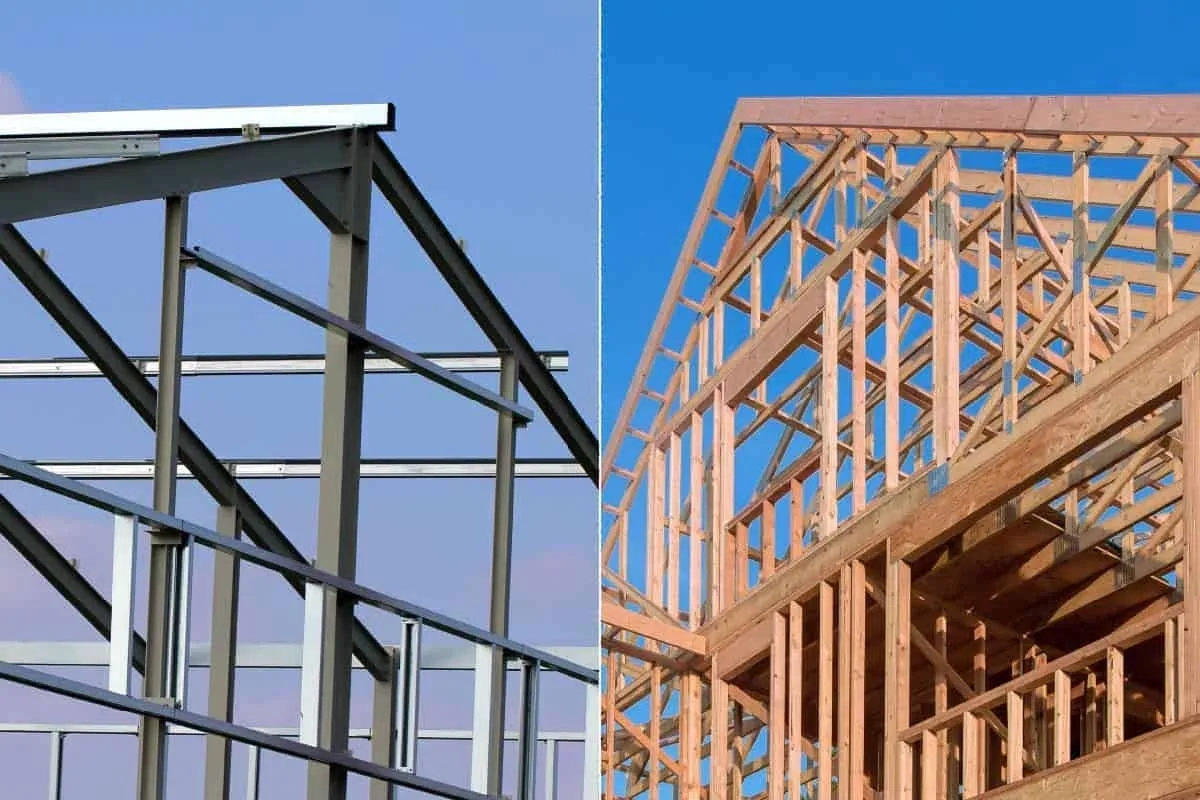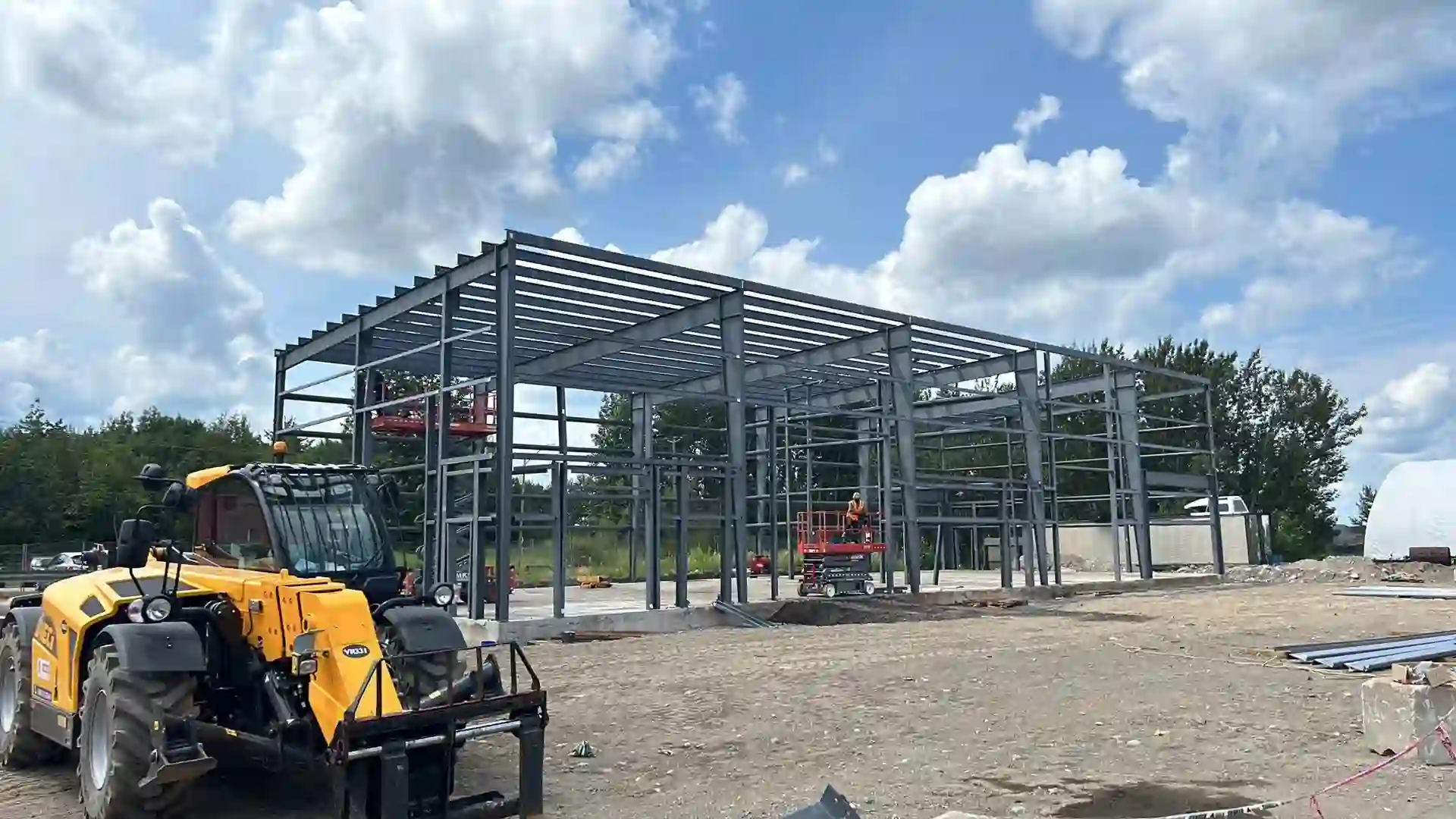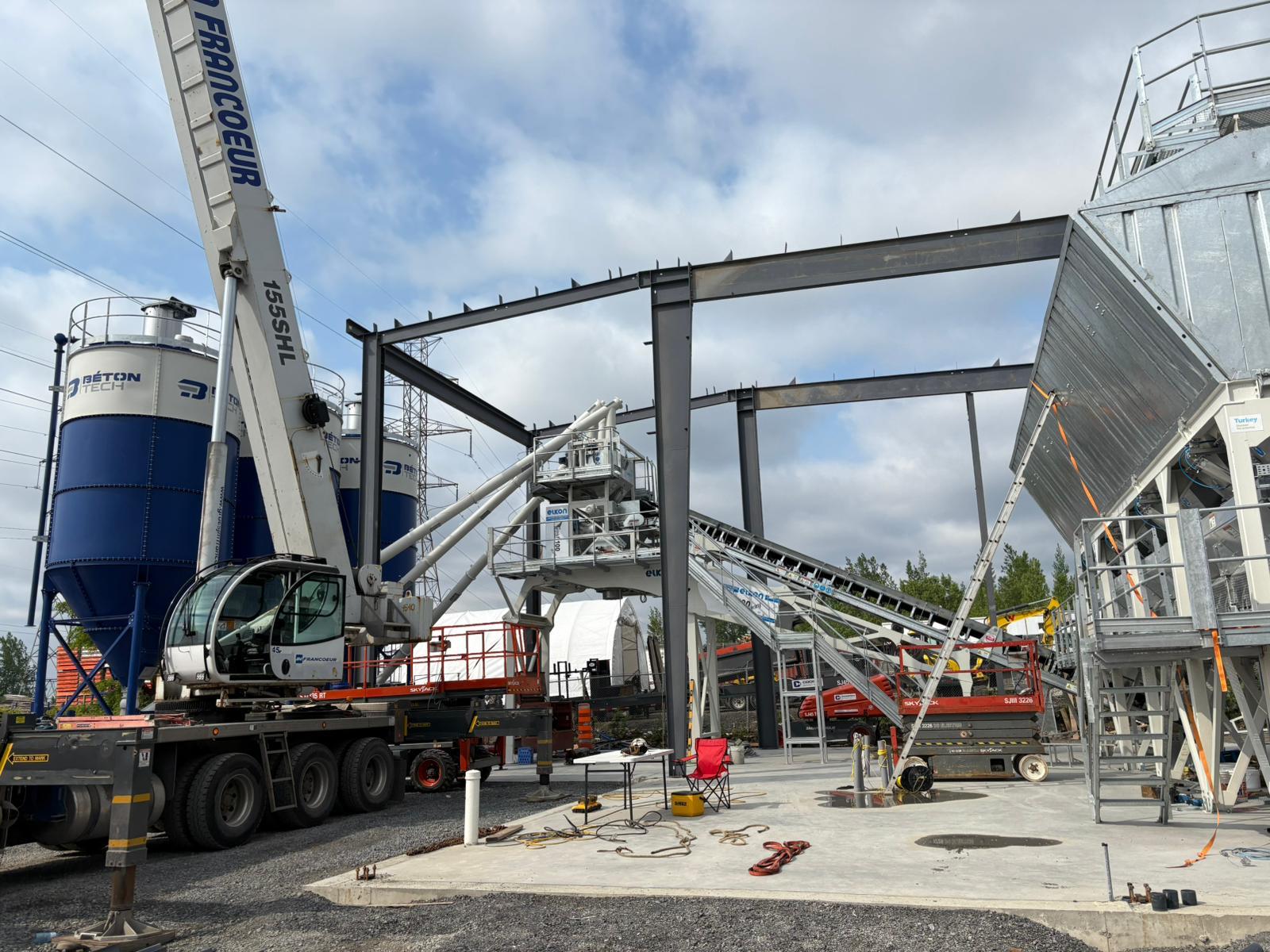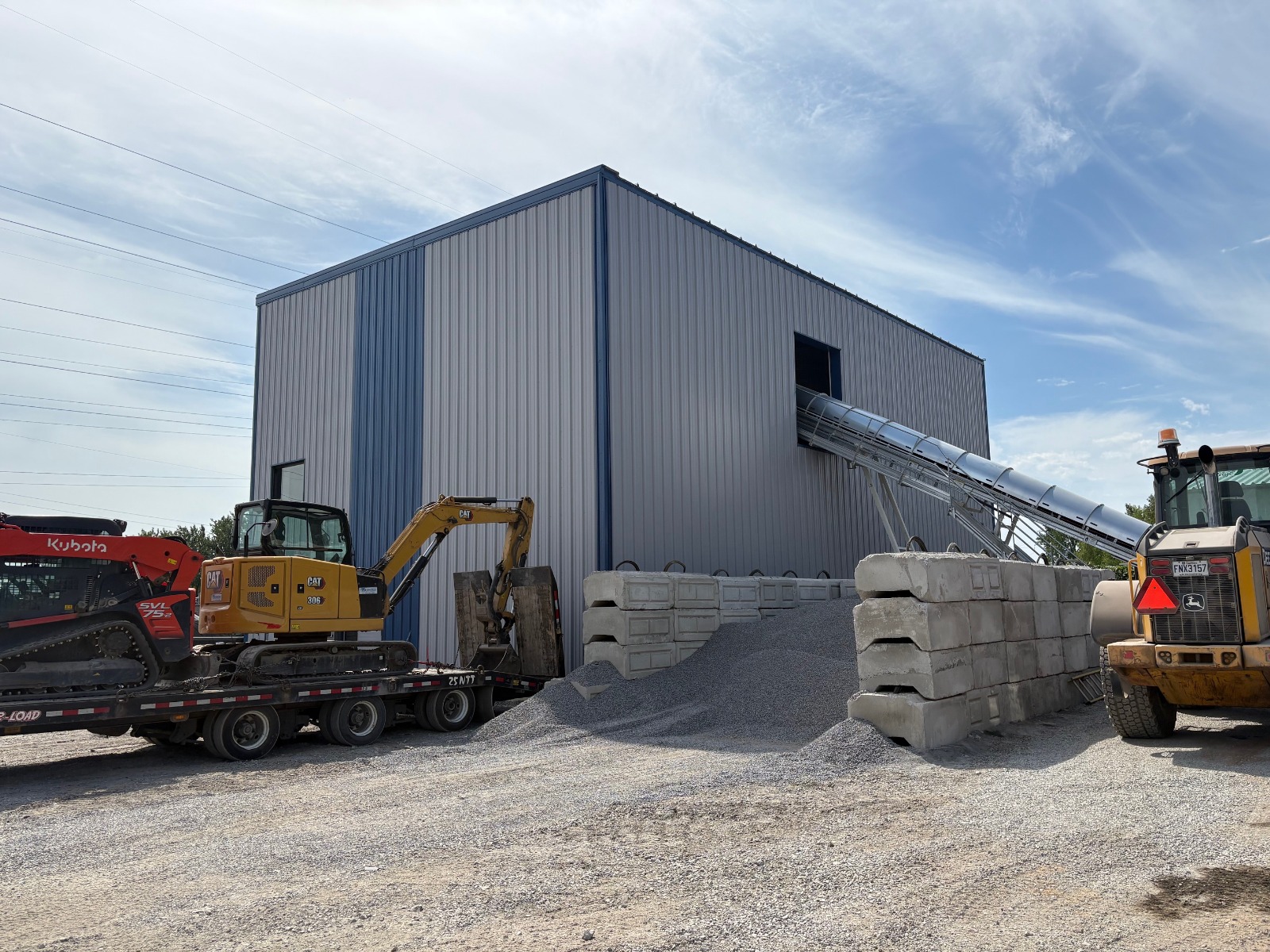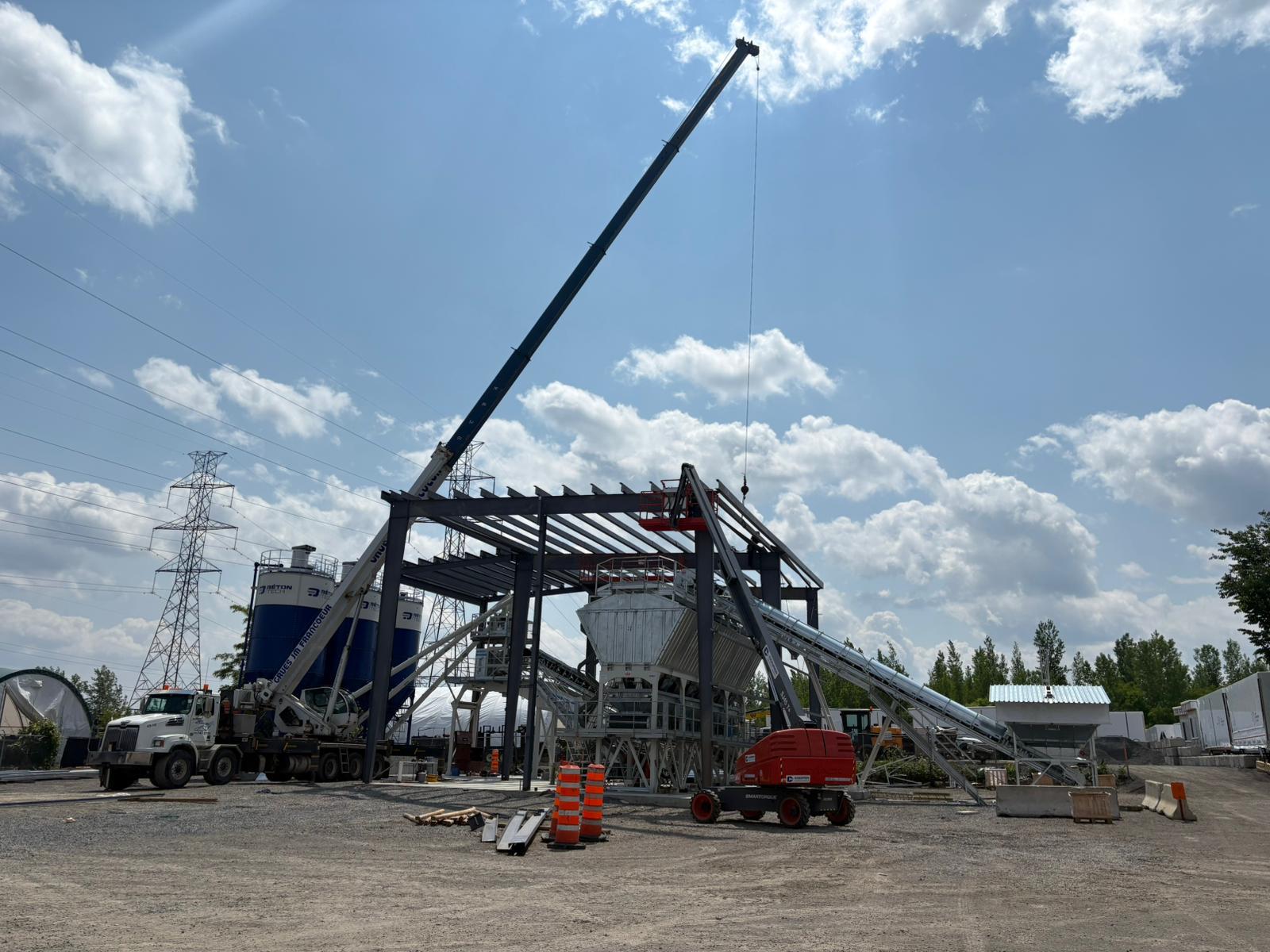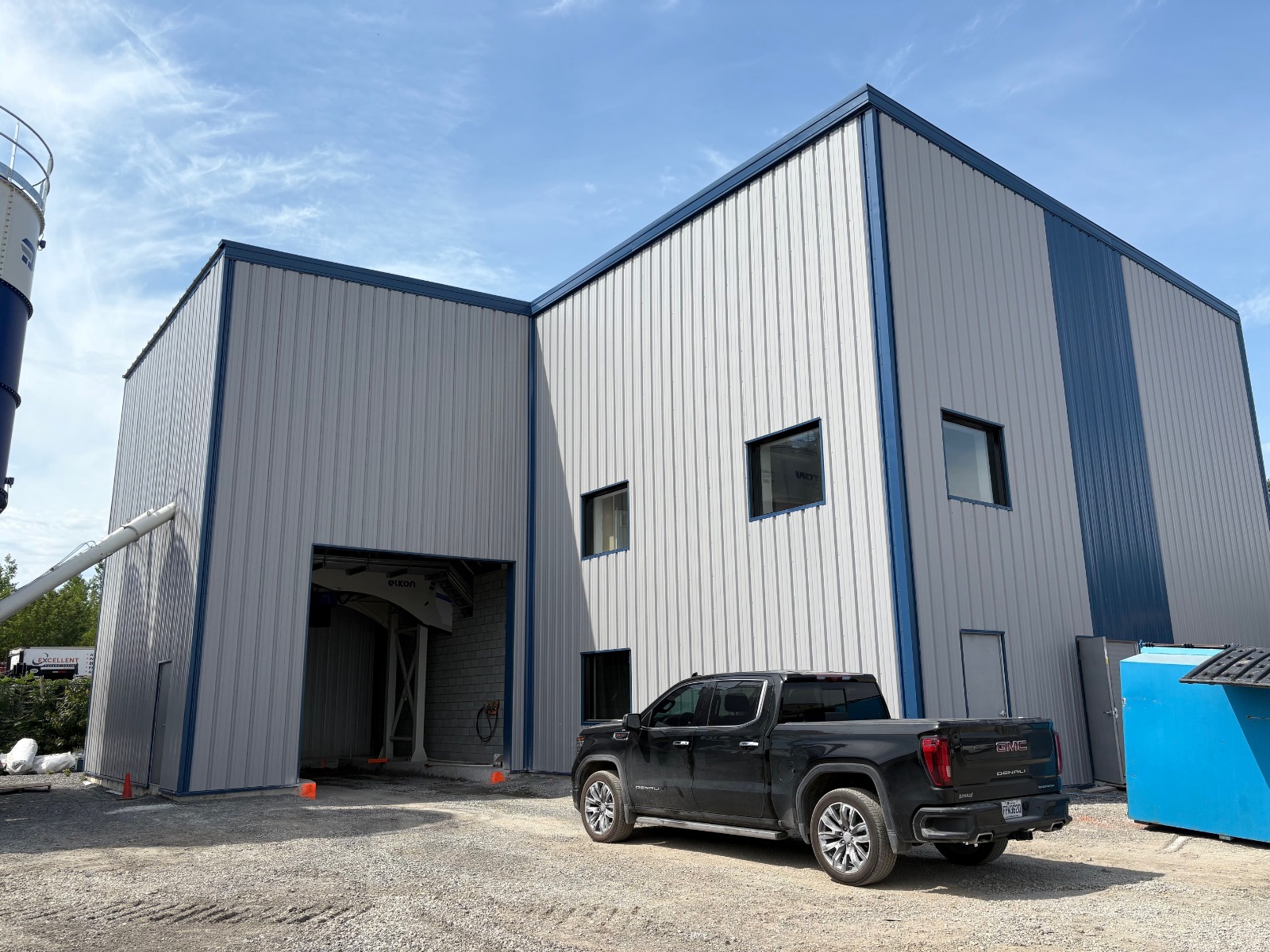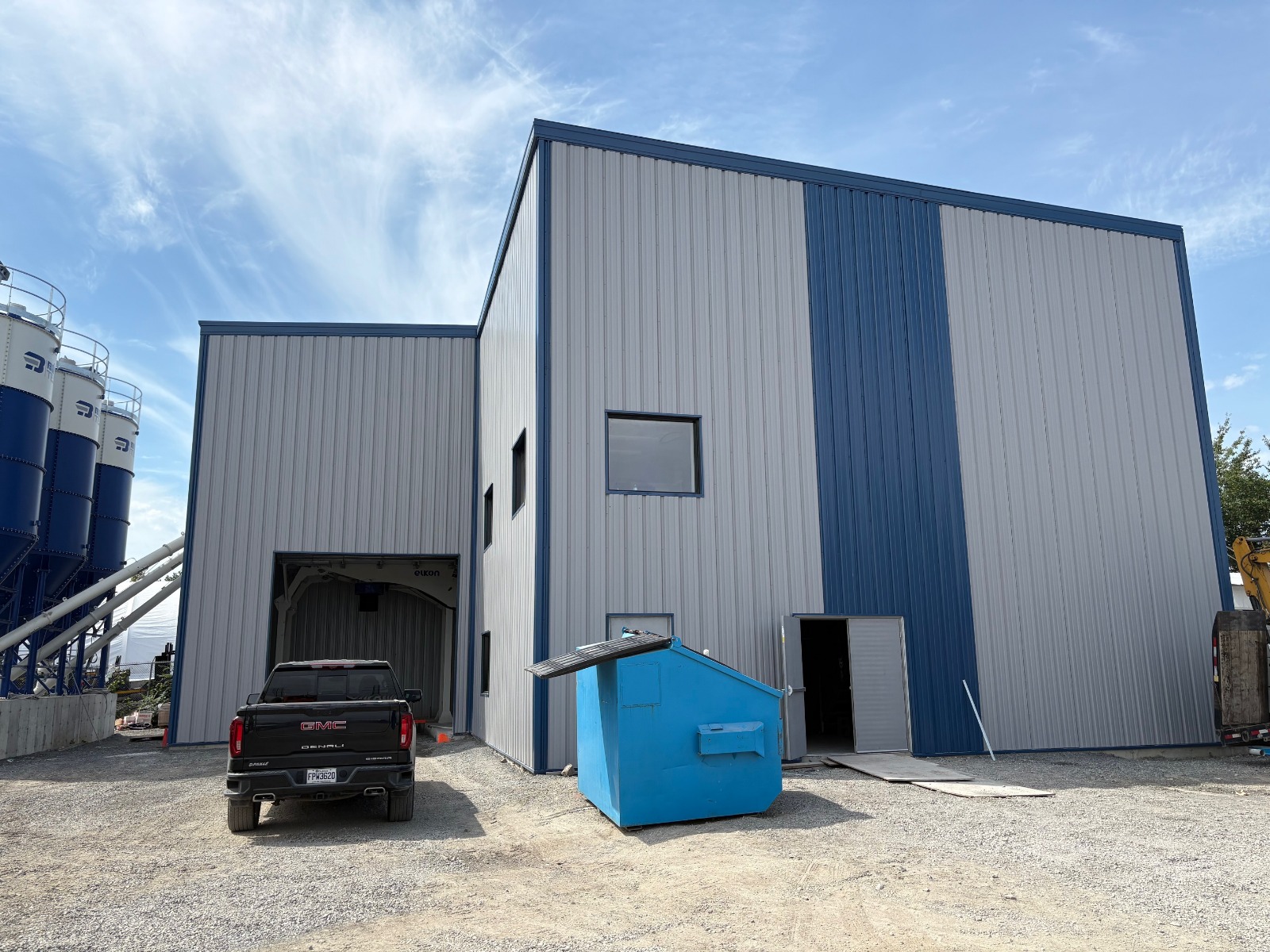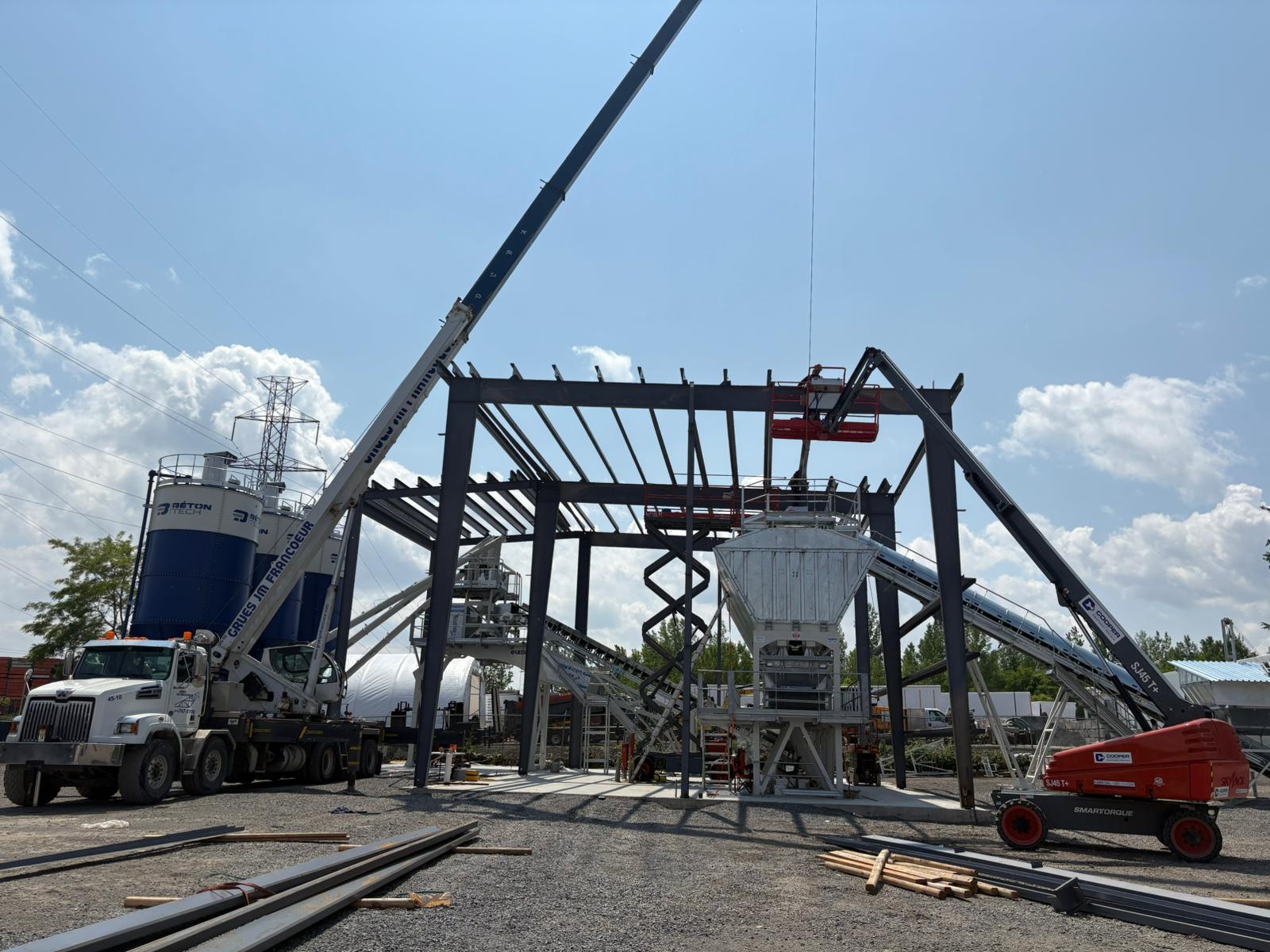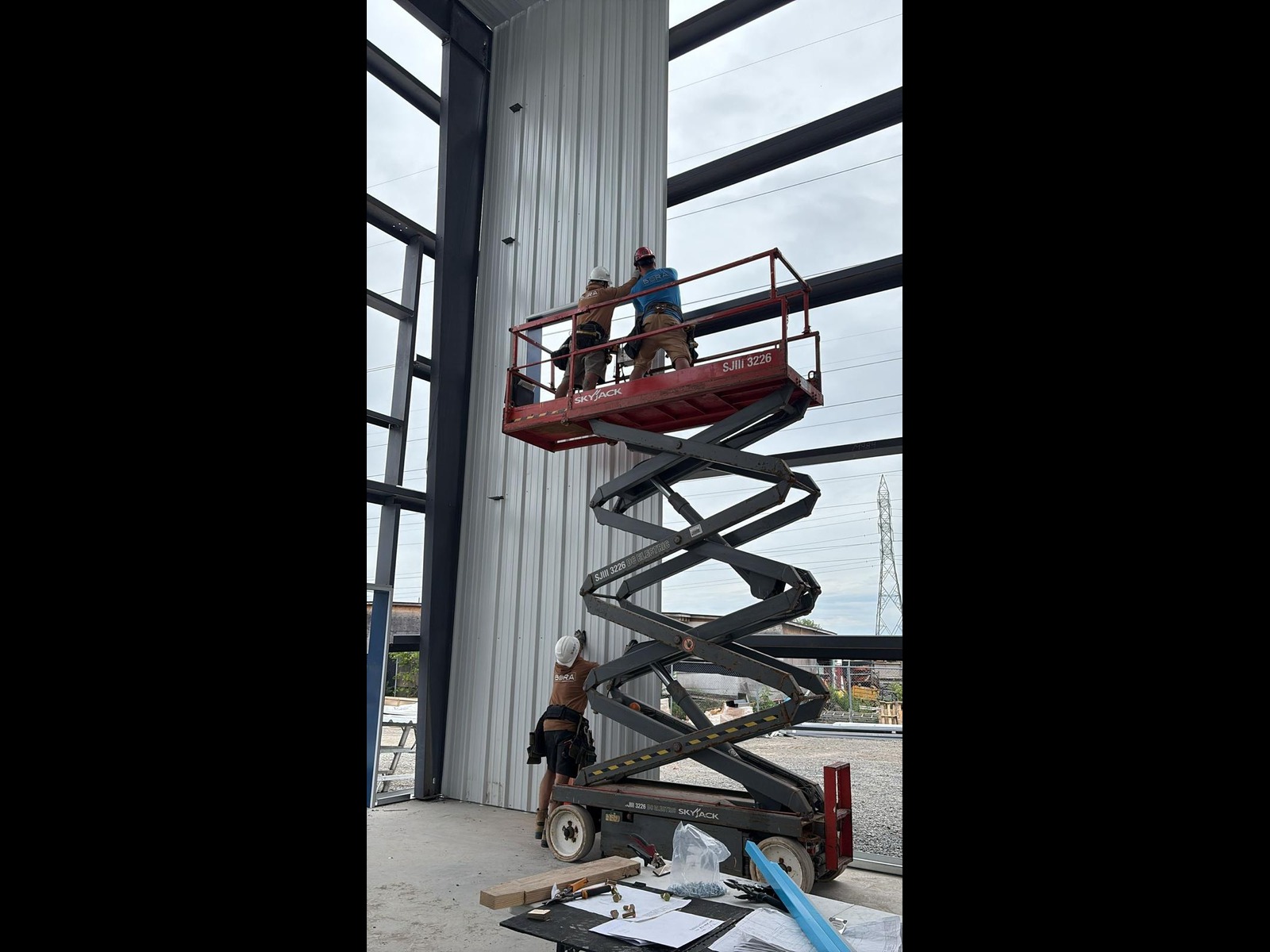The differences between a rigid-frame steel building and a timber building extend to many aspects, from the materials used to construction features and structural performance. Rigid-frame steel buildings derive their strength from the use of steel, a material known for its exceptional resistance to heavy loads and structural stress. This robustness enables the creation of large-scale structures with vast interior spaces, devoid of intermediate columns, offering maximum architectural flexibility.
The specific advantages of steel buildings include the following:
- High structural strength: Steel is known for its tensile, compressive and flexural strength, giving buildings exceptional stability and durability.
- Longevity: Steel structures generally last longer due to their resistance to corrosion, low risk of pests and ability to withstand the elements.
- Architectural flexibility: Steel allows the creation of large spans without the need for intermediate supports, offering design freedom and adaptability to the changing needs of interior space.
- Rapid construction: Prefabrication of steel elements and on-site assembly enable faster construction than with other materials, reducing costs associated with labor and project duration.
- Recyclability: Steel is 100% recyclable, making it an environmentally-friendly option. The possibility of reusing steel helps to reduce the overall carbon footprint of the project.
- Fire resistance: Steel structures are generally less likely to burn or warp during a fire, improving the building’s fire safety.
Although steel buildings offer many advantages, it’s important to note that the choice between steel and wood often depends on specific project needs, budget and aesthetic considerations. Each material offers distinct advantages and meets specific requirements, depending on the designer’s and owner’s objectives.

